Reflections Over 2022
The life of an entrepreneur is not what most people would call “normal”. I don’t refer to the guy who buys a fast-food franchise. Nor to the gal who builds a chain of hair salons. Nor to the folks who have law or accounting firms. These are all entrepreneurship. I don’t know a lot about how these businesses work, but I do know one thing. They should reach cash-flow positive very quickly; if not, something is wrong. And most of them reach their capacity fairly quickly too. They do not have the open-ended upside of a global corporation. Nor the ever-looming possibility of utter failure.
I refer to the entrepreneur who starts something Big (something like 3D voice or a gold monetary system). And the challenge is that Big things necessarily have to get… well… big. They don’t work at the scale of one person in a home office, or a few people in a storefront. They require inputs of lots of capital, talented specialists who are willing to buy-in to the mission before it’s realized, and early customers willing to take a chance on not just an unknown company, but an unproven concept.
Entrepreneurship and Uncertainty
This kind of entrepreneur is only certain of chronic uncertainty, he must be comfortable with chronic discomfort. He rides a roller coaster that soars to manic, euphoric highs one day, and crushing, despairing lows the next. He usually doesn’t know where his next problem will come flying out of, who his next customer will be, who will want to come work for his company, or where he will find his next round of funding.
Lots of things could come out of Left Field to derail your vision: a manager could go bad, a key employee could quit, a vendor could decide it doesn’t want your business anymore, a regulator could decide the public would be safer if he distracted you for a few months and bled you of a hundred thousand dollars. Did I mention there was always uncertainty?
In the early days, in this kind of entrepreneurial venture, the whole world agrees on one thing. You’re wrong. Your whole concept does not make sense. Actually, two things. You are not just wrong but a damn fool. You better be OK with that, because you are going to have to work very hard. Not just hard, tirelessly, relentlessly, and doggedly to prove yourself right. You, a damn fool working on an idea that the whole world agrees does not make sense.
Who cares if they are wrong? They don’t! And they will become your customers in the end, anyways.
You have to have a crystal-clear vision, to picture in your mind how it will all work. If you never lose sight of this, then you just may achieve your goal of building a valuable and durable business. You will need to keep your eye on the prize because you will run into various obstacles. A prospective customer likes your product, but wants you to add a feature you don’t have and it would take a lot of time and money to build. A company in an adjacent space commits a massive fraud—hell all the companies in that adjacent space seem to be dropping like flies into a sewer of fraud! A prospective partner can’t move forward until it raises more money, but they’re having difficulty raising money. An important initiative keeps burning cash but does not seem to ever reach fruition. Sunk cost fallacy, or trust your people to succeed as they have in the past? No obvious answers here, only hard questions.
“There, but for the Grace of God, go I,” you think for a brief moment when you see another entrepreneur bite the dust. Then put your nose back into that grindstone.
Achieving Scale
Did I mention that you often don’t draw a salary? You could—if your investors are cool with it—but it would reduce what you could do with limited funds. Better to plow every penny into growth, and scale as fast as possible.
If you have created a genuinely new market, and it is a tenth as big as you think it is, then competitors will discover it soon enough. They may not have thought of it, and they may not have wanted to be the pioneer who risks a bunch of arrows shot into their back. But once you demonstrate it, it is as obvious to them as to your customers. They will be there to try to take a piece. Your chief defense is scale. When two companies with the same business model face off against each other, the one of greater scale almost always wins (in contrast to when a small but scrappy disruptive innovator goes up against an incumbent with a conventional model).
With scale comes not just greater resources, and often a network effect, but also a different strategy not available to the lesser competitor. You must race for scale. You must build your platform, your systems, your team, your brand, your network, your capabilities, your related (and synergistic) product lines, your partners, and your revenues. If you don’t, then the me-too company will.
Häagen-Dazs attracted Frusen Glädjé. NeXT attracted Be. Tesla attracted Lucid, Riven, and more every day.
The idea of taking that salary looks a bit less attractive in this light. What if it means not hiring a key person or two that can accelerate your growth, such as open a door to a new partnership? That two weeks of vacation has a cost you can calculate in terms of how much more time to reach your next milestone.
Every dollar or day you take out, means something not invested in. It means not moving forward as much as you could.
You start to worry about the opportunity cost of sleeping… Whoa, don’t go there! This way lies madness. Take care of yourself body, mind, and soul. You will be more productive that way (and happier too).
I write all this to set the context for how 2022 went.
Reflections on 2022
My company, Monetary Metals, raised $4.5 million in equity capital. We grew the organization’s headcount and capabilities, resolving some key personnel issues along the way. We have extracted me from most of the processes on which the business operates, to let me focus on my job as CEO. We did some more lease deals and built a pipeline of many more. We added lots more gold to our program. We ISSUED THE SECOND GOLD BOND SINCE FDR BROKE THE GOLD STANDARD IN 1933!!! We increased the rate of revenue growth. And I ended the year on a two-month business trip.
Worldwide Travel
Did you know that you can buy an around-the-world airplane ticket? It’s cheaper than you would think. I need to fly business class (I am a big guy, and it would be a violation of the Geneva Convention to confine me to the space allotted an economy seat, not to mention be terribly unfair to the passenger stuck sitting next to me). I flew around the world for not much more than the cost of Phoenix-London and back. Of course, this does not include the hotels for two months. 😝
With an around-the-world ticket, you must fly in one direction or the other. If you fly westward, then after each leg, you try to force yourself to stay up a few hours later than you would. But then you get really tired, and sleep for 8 hours. It’s relatively easy, as jetlag goes.
Of course, that’s not how this trip worked. We went to the New Orleans Investment Conference, where we exhibited and I spoke. Then I went to Lisbon for the London Bullion Market Association conference. It was back-to-back meetings. Then around Europe, lots of meetings in London, then onto Dubai for the DMCC Precious Metals Conference and meetings. Then Singapore. Then Sydney. I am writing this from somewhere over the Pacific Ocean, on the plane to Los Angeles. I have been in the air for more than 10 hours, with three still remaining.
When you fly eastward, the problem is that in each new time zone, you have to force yourself to go to sleep when you aren’t really tired yet. You end up with a nap and then you’re wide awake at 2am, unable to go back to sleep until your day starts. It’s tough, and just as you are adjusting, it’s on to the next city.
Very often—always?—things that look glamorous from the outside, turn out to be blood, sweat, and tears when you’re living it. Look at pop music stars. Every day is a cardio workout, followed by a few hours of dance practice and choreography, then some yoga, then strength training, and finally eat like half a salad with a teaspoon of yogurt. Or elite athletes, they get to eat a lot more, but they don’t give concerts. They go on the playing field and beat the snot out of each other, and then play the next game while still hurting from what anyone else would call “injuries”, but they just take Tylenol. Or opiates.
Jetting around the world—did I mention business class—living in hotels, meeting people for steak dinners with wine… sounds glamorous right? The unglamorous part is the constant jetlag, the bruising airline experience, and the even-more-bruising airport process, not to mention the long hours in an airline seat. Business class may be less bad than the economy, but the seat is less comfortable than the ratty old furniture you made your kid throw out after he graduated from college. Did I mention long layovers, delayed flights, missed connections, and running a mile or two through crowded airports to make a gate change with only a minute to spare?
Rightness and Traction
Notwithstanding the last 500 words, these are not the things I choose to dwell on. The whole point is to establish the context to explain two pleasures that I have experienced both at DiamondWare and now at Monetary Metals.
One is when your idea works exactly as you imagined all those years ago. Remember, back when everyone agreed not only that you were wrong but also a damn fool? And then you see it working in reality. You’re in meeting after meeting, where the fundamental rightness of your proposition is not just said. It’s experienced.
The other is the feeling of traction. Let me explain. In the beginning, it’s just you, whom everyone knows to be a damn fool, and your idea that they already know is not just wrong but wrongful. You put in 10 units of work, to get 1 unit of forward motion (if you’re lucky and find someone who doesn’t know you’re a damn fool). Then at some point, it transitions. All that is behind you, and you get real traction. Now, you put in 1 unit of work and get, if not 10 units of forward motion, 5 units. And increasing every day.
You’re in a meeting with a financial institution to discuss Monetary Metals opening an account with them, and how some of their services may meet your needs, but they do a double-take. “Wait, wut?! You pay interest on gold?!” And the whole meeting turns into a discussion of them opening account with Monetary Metals, because they want a return on their gold. Or you’re sipping a beer at a party at a conference, chatting with an old friend, when someone comes up and slaps you on the shoulder. “Keith! I am so honored to meet you, I’ve been a fan of your work for years!” and he hands you a business card that says “Head of Precious Metals” for a government agency, or a household name company. And so on, in half a dozen cities. For two months.
There are no words. “Pretty cool” does not do it justice, the way a FAX of a picture taken at the Grand Canyon does not do justice to the awesomeness of being in it.
There is no higher joy than this. To be there in the room, when these things happen.
Hell yeah—I’d trade two months away from home, with the sleep deprivation and the jet lag, sitting in airport lounges for half a day and in airplane seats for even longer, and even catching a nasty head cold. I’d trade all of it, for the thrill, the pleasure, the honor, the privilege of being in those meetings and getting those results.
Man, am I glad covid-related travel restrictions are done!
2022 was a helluva year, bring on 2023 baby! We just may pull it off—our mission to help the world transition to a proper gold standard.
Make sure to subscribe to our YouTube Channel to check out all our Media Appearances, Podcast Episodes and more!
Additional Resources for Earning Interest on Gold
If you’d like to learn more about how to earn interest on gold with Monetary Metals, check out the following resources:
In this paper we look at how conventional gold holdings stack up to Monetary Metals Investments, which offer a Yield on Gold, Paid in Gold®. We compare retail coins, vault storage, the popular ETF – GLD, and mining stocks against Monetary Metals’ True Gold Leases.
The Case for Gold Yield in Investment Portfolios
Adding gold to a diversified portfolio of assets reduces volatility and increases returns. But how much and what about the ongoing costs? What changes when gold pays a yield? This paper answers those questions using data going back to 1972.

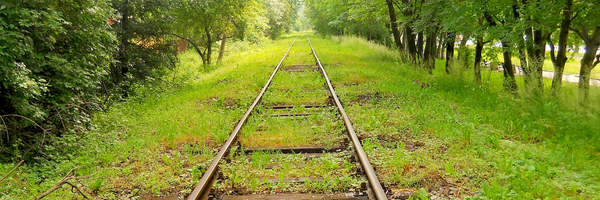
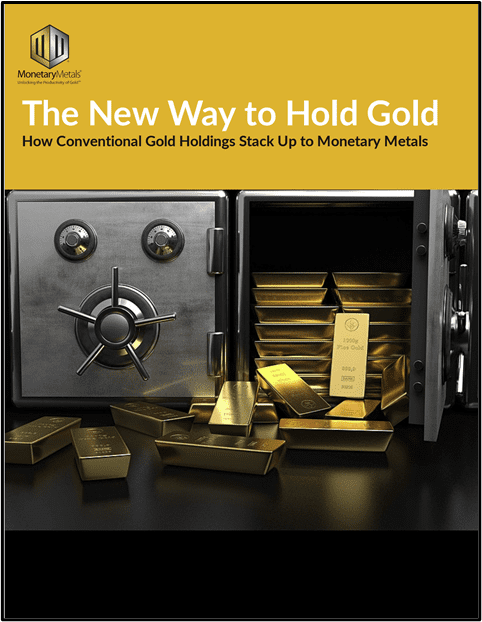
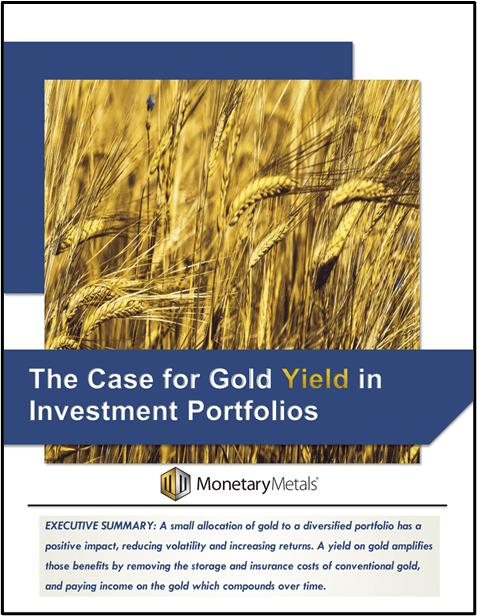

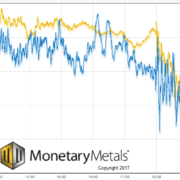
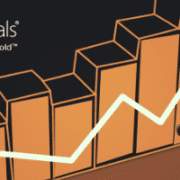




Leave a Reply
Want to join the discussion?Feel free to contribute!